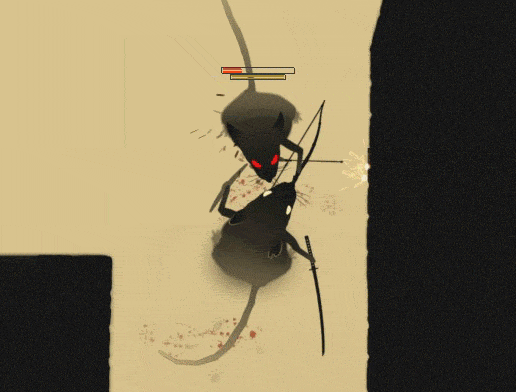
Here, I mostly focus on assessing roughness and sharpness that were frequently named as critical factors for auditory unpleasantness. I did not examine many of the features mentioned in the previous post. Third, in case you forgot, I’m not an academic, this post is not peer-reviewed, and I don’t have any supervisor to stop me from making stupid mistakes.

Second, working with numeric data, graphs, and spreadsheets is not a part of my daily routine, so the chances I have messed something up are close to 100%.

First, I’d let real researchers generate this kind of knowledge. In the end, scientific knowledge on this front should demonstrate at least some parallels with professional intuition.ĭisclaimer: I have no intention to prove or disprove scientific theories and hypotheses with this post. That’s why instead of designing horrible noises and torturing the test subjects with them, I decided to analyze real sound effects from well-known games. Then game audio designers must have already applied them in their work based on intuitive judgment. Let’s assume we can reduce the non-contextual unpleasantness of a sound to a set of acoustic properties. In the second part, I’m trying to apply that knowledge to analyze the actual sounds from videogames. Just insert it there.In the previous post, I described several acoustic properties that, according to scientific literature, make sound unpleasant to hear.

Requires a 64-bit processor and operating system.


 0 kommentar(er)
0 kommentar(er)
